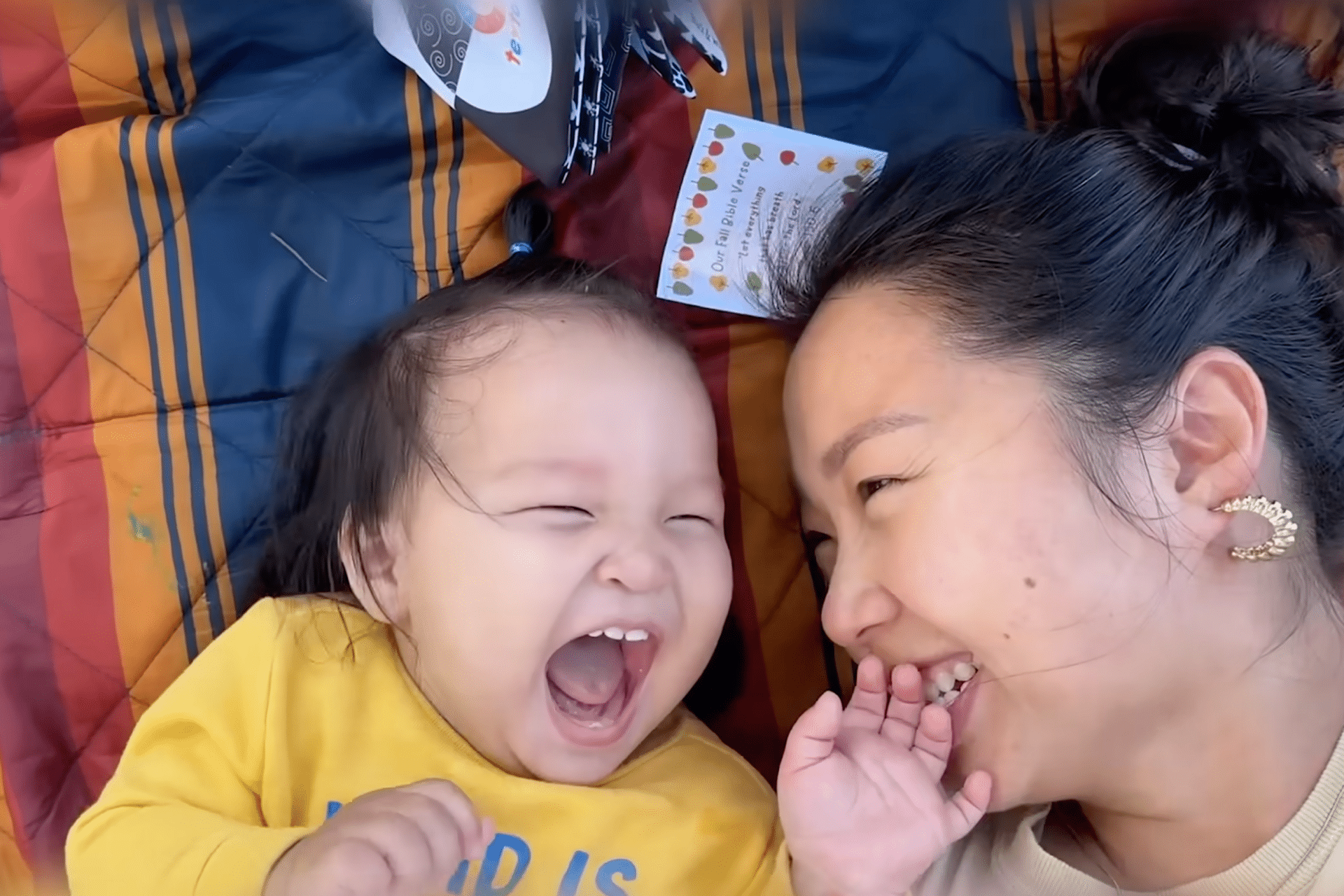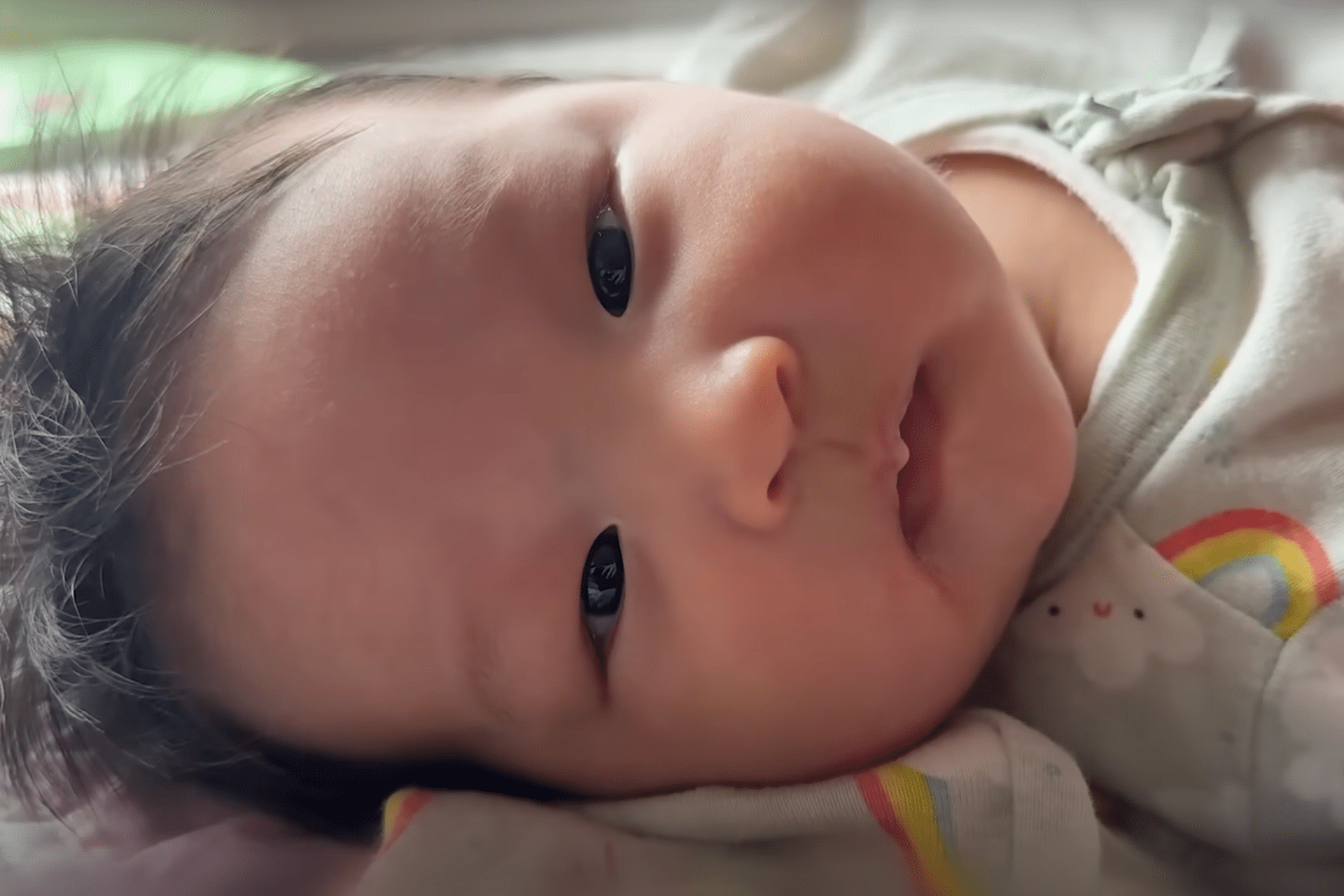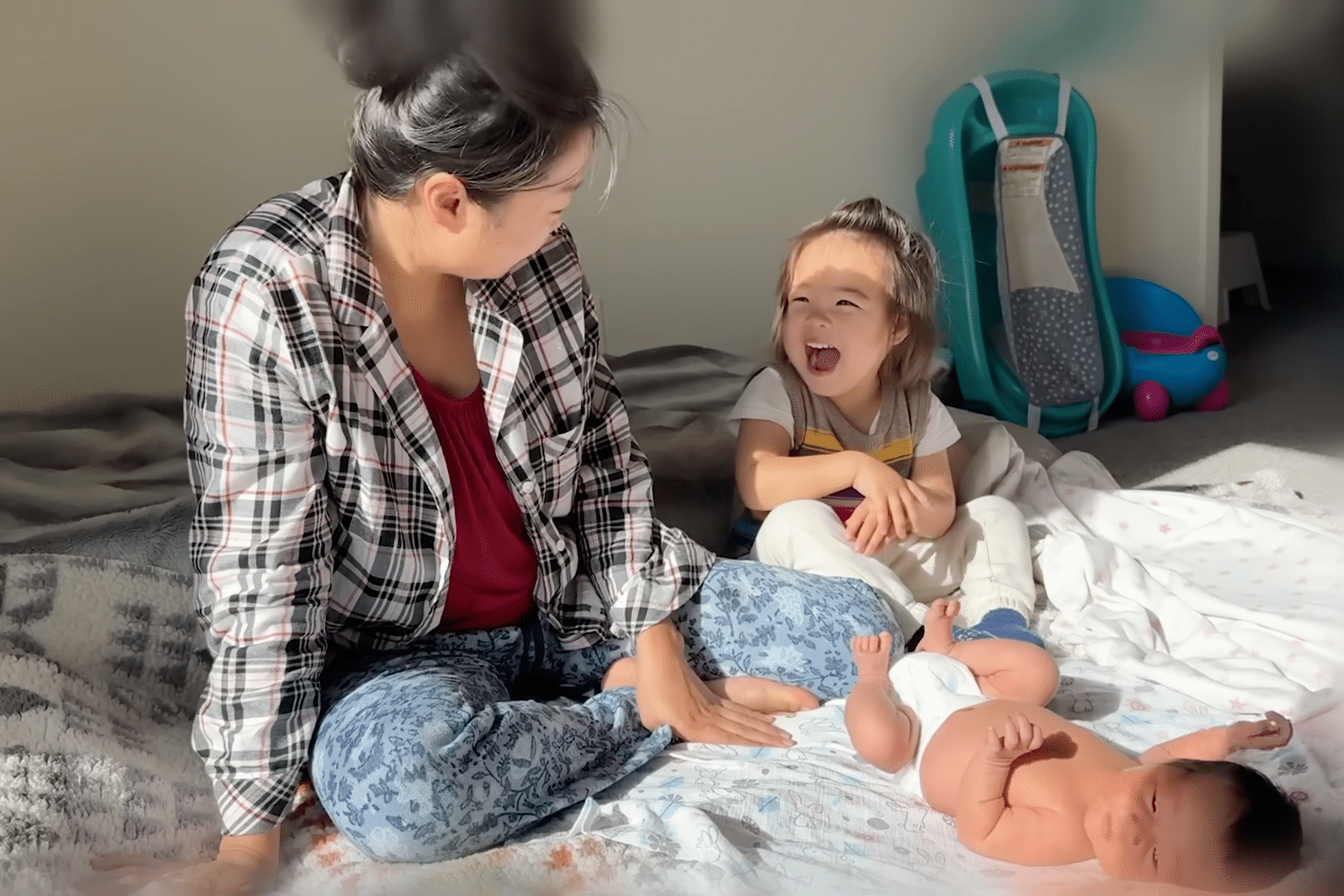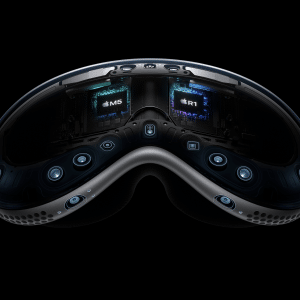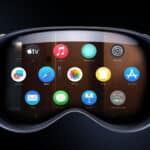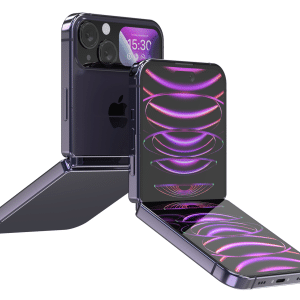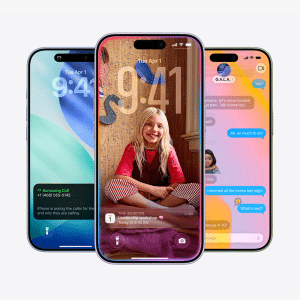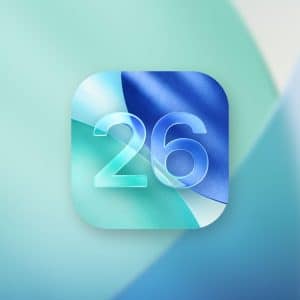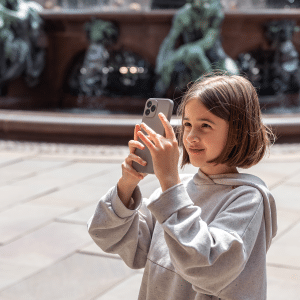The video follows Khulan and Sam, parents of a one-year-old son, who used an iPhone to capture their child’s first year in spatial video. As a Mother’s Day surprise, Sam edited these clips into a film for Khulan to experience on Apple Vision Pro, Apple’s $3,499 spatial computing headset. The result, directed by Goh Iromoto and produced by TBWA\Media Arts Lab, is a touching portrayal of reliving milestones—like first steps or smiles—through immersive, three-dimensional video that feels “more real” than traditional photos, according to posts on X. The video, shared across Apple’s platforms, shows Khulan laughing and crying as she watches the hovering video player in Vision Pro, surrounded by her living room. Captions close with, “To mothers everywhere, Happy Mother’s Day,” reinforcing the emotional pull of Apple Vision Pro spatial video as a tool for preserving life’s moments.
Apple Vision Pro spatial video leverages stereoscopic filming, using multiple iPhone cameras to capture depth, enhanced by computational photography for a 3D effect. Introduced with the iPhone 15 Pro in 2023, this feature lets users record moments that, when viewed on Vision Pro, feel like stepping back in time. For Khulan, the experience was like “being transported back” to her son’s early days, a sentiment echoed by journalists who tested spatial video and reported near-tearful reactions, per AppleInsider.
For parents, Apple Vision Pro spatial video offers a way to relive fleeting moments with a sense of presence flat photos or videos can’t match. The headset’s micro-OLED displays, packing more pixels than a 4K TV per eye, and Spatial Audio make memories vivid, as if the viewer is in the moment. Apple’s website notes that even 2D photos can be transformed into spatial photos with a tap, expanding the feature’s accessibility. This aligns with Apple’s push to make Vision Pro a platform for emotional, human experiences, not just productivity or entertainment.
Technical Edge of Spatial Video
Creating Apple Vision Pro spatial video starts with an iPhone 15 Pro, 16, or 16 Pro, which uses multiple rear cameras to capture stereoscopic footage at 30 frames per second. Computational algorithms process the video to add depth, viewable only on Vision Pro for the full effect. The headset’s advanced sensors and cameras track head and hand movements, letting users interact naturally with the video, such as resizing or repositioning it in their space. AppleInsider explains that this depth effect makes moments like a child’s first laugh feel tangible, enhancing emotional impact.
While the 30fps limit is noticeable, as CNET’s Scott Stein observed, the immersion outweighs technical constraints. The headset’s Spatial Audio positions sounds—like a baby’s giggle—relative to the video, deepening the realism. Users can also view spatial videos captured on iPhones alongside panoramas or 2D photos, which Vision Pro scales to wrap around the viewer, creating a theater-like experience.
Strategic Move for Vision Pro
The “A Gift for Mom” video is a strategic play to humanize Apple Vision Pro spatial video, countering criticisms of the headset’s high cost and niche appeal. Launched in 2024, Vision Pro has been praised as a “futuristic” 1.0 product but faces challenges with its $3,499 price and limited native apps, as noted by 9to5Mac. By highlighting personal use cases like reliving family memories, Apple aims to broaden its appeal beyond tech enthusiasts to everyday users, especially parents.
This campaign builds on earlier efforts, like Apple inviting journalists to relive their own spatial videos in 2023, which Inverse called “almost tear-inducing.” The Mother’s Day ad, amplified by posts on X from Adweek and 9to5Mac, taps into universal emotions to showcase Vision Pro’s value. It also aligns with rumors of a Vision Pro 2 with an M5 chip by late 2025 or early 2026, suggesting Apple is doubling down on spatial computing.
Challenges and Limitations
Despite its emotional pull, Apple Vision Pro spatial video faces hurdles. The high cost of Vision Pro limits its reach, and spatial video recording requires a recent iPhone model, excluding many users. The 30fps cap and lack of native visionOS apps, as mentioned by 9to5Mac, could dampen enthusiasm for some. Posts on X also reflect mixed sentiment, with some users arguing for “less screentime” and more real-world presence, though others praise the video’s human touch.
Storage is another concern: spatial videos are data-heavy, requiring significant iPhone and iCloud space. Users must also invest time in editing, as Sam did, to create polished films, which may deter casual users. Still, Apple’s ecosystem—pairing iPhones, Vision Pro, and iCloud—makes the process relatively seamless compared to competitors like Meta’s Quest 3, which lacks comparable spatial video support.
Looking Ahead
Apple’s focus on Apple Vision Pro spatial video signals a long-term vision for spatial computing. The upcoming visionOS 2.4 update, which added Apple Intelligence features in March 2025, hints at smarter video editing or tagging capabilities in future releases, per Apple’s newsroom. Rumors of a lighter, cheaper Vision “Air” or smart glasses by 2026–2027 suggest Apple is working to make spatial video more accessible, potentially integrating it into new wearables.
For now, “A Gift for Mom” positions Apple Vision Pro spatial video as a tool for preserving life’s precious moments, resonating with families and tech enthusiasts alike. As Apple refines its headset and expands iPhone compatibility, spatial video could become a defining feature, making memories feel as vivid as the day they happened.
